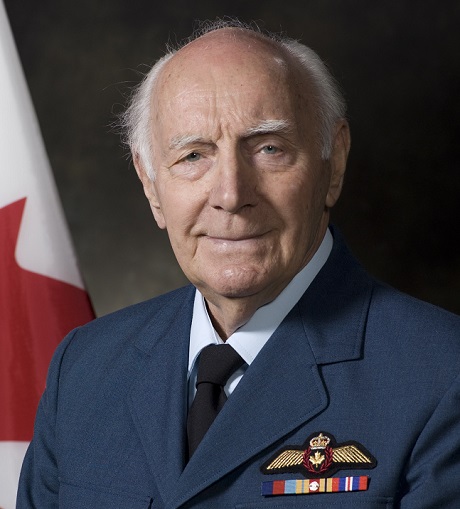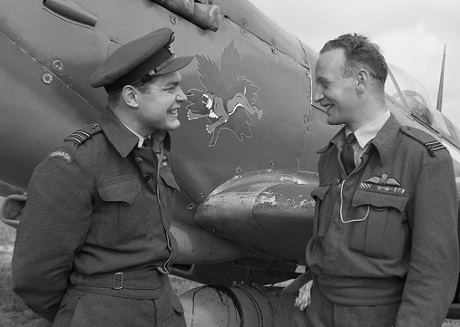The Second World War (1939-1945) - part 20

Celebrated in film, the “Great Escape” remains a tribute to Allied heroism, resourcefulness and tenacity. And it has a huge Canadian connection.
It was not an easy feat to escape from a German prisoner of war (POW) camp but RCAF Flight Lieutenant Clark Wallace “Wally” Floody, a native of Chatham, Ontario, and a prisoner at the camp, was put in charge of digging tunnels to do just that. His experience in the mining industry at Kirkland Lake, Ontario, now had people’s lives depending on him.
The camp in question was Stalag Luft III in Sagan, Germany (now Zagan, Poland). It was run by the Luftwaffe exclusively for Allied aircrew who had been shot down and captured over occupied Europe. Those raised on television’s Hogan’s Heroes might well think that Luftwaffe prisoner of war camps offered endless opportunities for comedy at the hands of affable but incompetent camp prison guards, but reality was quite different. Escape was not only the preferred course of action, it was considered the duty of every prisoner.
The “Great Escape” is considered great not just because it was the largest mass exodus of prisoners during the war but because it may have been the most elaborate and its consequences were certainly tragic.
The detailed and complex operation involved excavating three tunnels (“Tom”, “Dick”and “Harry”) as well as obtaining a vast amount of material and equipment from the camp. After digging out the dirt, the prisoners hid it inside their clothing and spread it around the compound.
The Germans discovered tunnel “Tom” and destroyed it. “Dick” was deemed unsafe. But on March 25, 1944, 76 men escaped through “Harry”; all but three were recaptured.
Fifty, including six Canadians, were executed (contrary to the Geneva Convention). Three other Canadians were recaptured but not executed. After the escape, resolute prisoners began work on a fourth tunnel, “George”, which was excavated in 2011.
Floody, who had supervised the engineering feat of excavating the tunnels, never had a chance to flee. His leaders wouldn’t let him leave during an earlier escape attempt because his skills were so valuable. He was transferred from Stalag Luft III just two weeks before the break out. In 1946, King George VI made Floody an officer of the Order of the British Empire for his “courage and devotion to duty”. Later, he gave technical advice to the filmmakers who recreated the story of the escape. He also helped found the Royal Canadian Air Force Prisoners of War Association.
Wally Floody died in Toronto in 1989 at the age 71, a true Canadian hero.

Arthur Sherwin, an RAF pilot who immigrated to Canada in the late 1940s and was appointed honorary colonel of 426 Transport Squadron in 2008, was a member of the escape organization team. He was shot down over Tunisia in 1943 and liberated in 1945.

S/L Foss Boulton (left), who was a prisoner at Stalag Luft III, describes his experiences to S/L R.A. Buckham in 1944. They were serving in the same squadron when Boulton was shot down in May 1943.
Report a problem or mistake on this page
- Date modified: